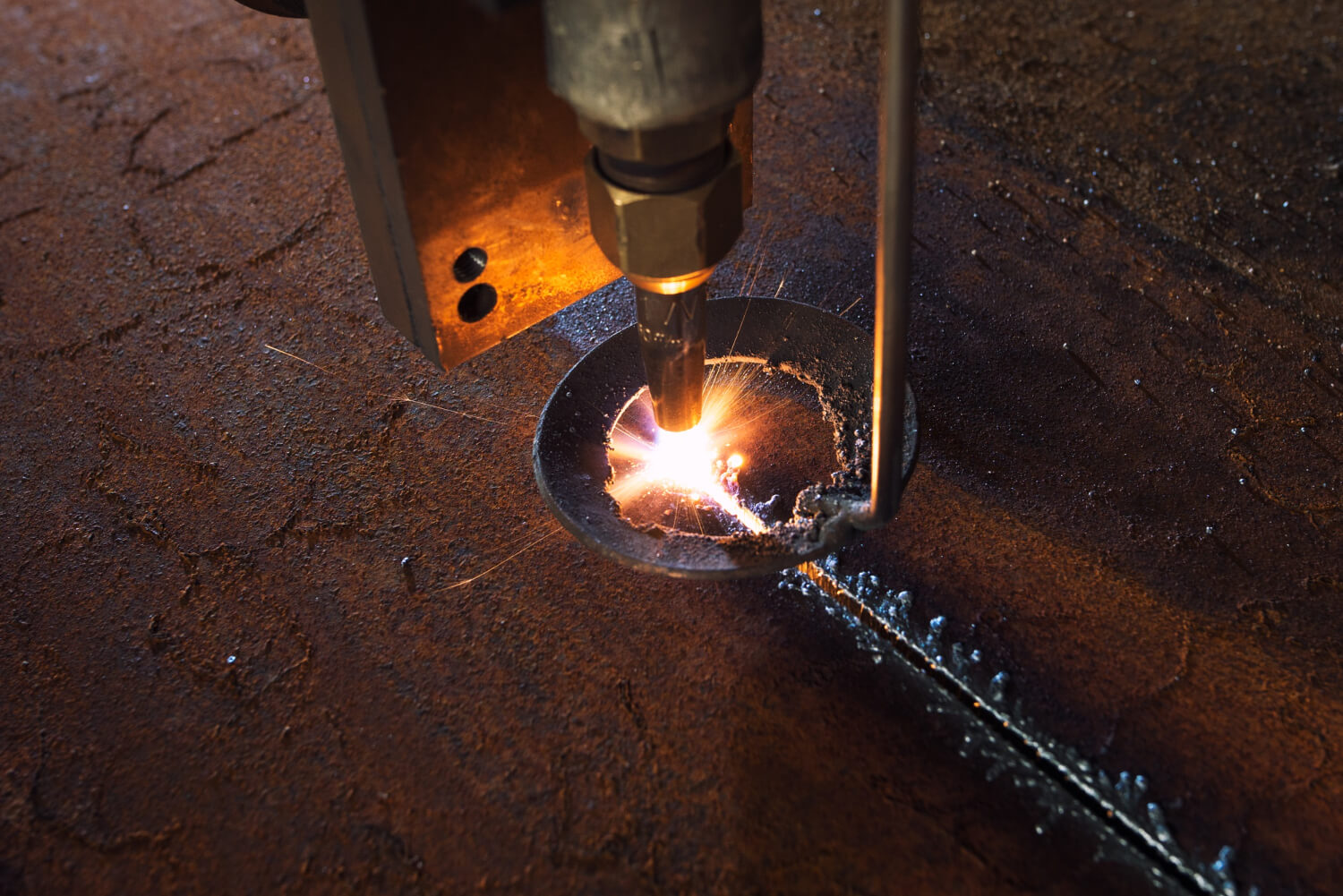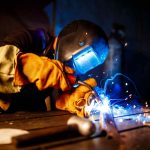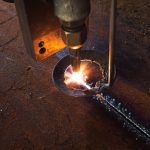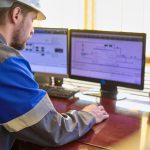Precision and quality in welding processes are essential for achieving safe and durable joints. Plasma welding is an advanced technique that allows more precise control of the electric arc and offers significant advantages over traditional methods.
What is plasma welding?
Plasma welding is a process that uses an electric arc confined within a nozzle to generate a highly concentrated plasma jet.
This plasma allows for controlled metal fusion, providing high-quality joints with a smaller heat-affected zone.
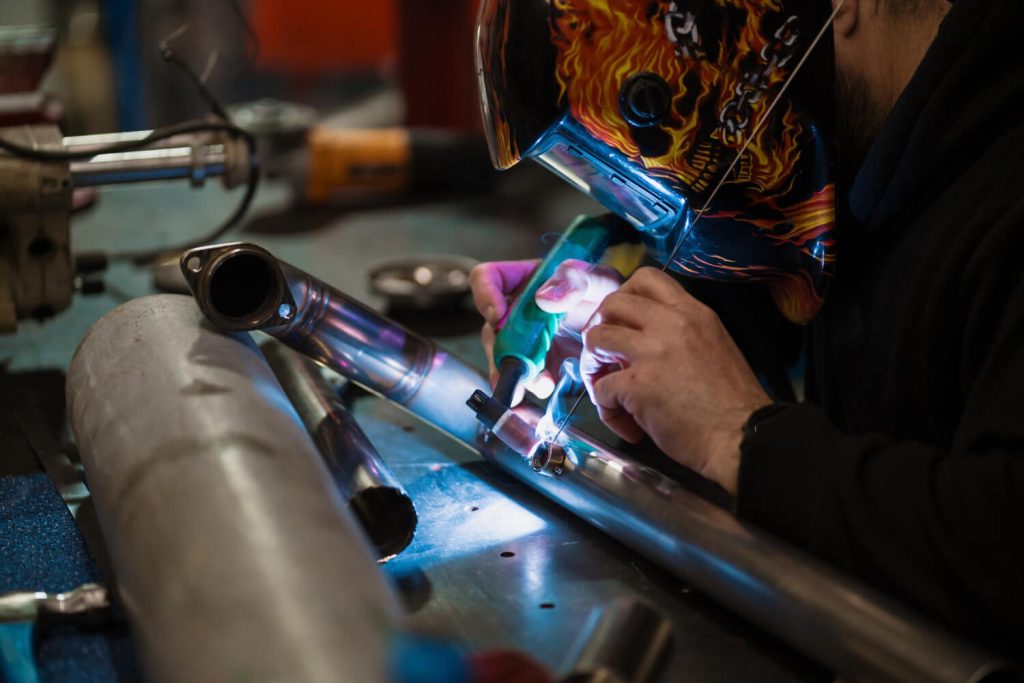
How does plasma welding work?
The plasma welding process is based on the principle of gas ionization, such as argon or hydrogen, using a tungsten electrode. The ionized gas is expelled at high speed through a narrow nozzle, forming a concentrated arc that enables highly precise welding.
Depending on the application, the process can be performed in three modes: microplasma, low-intensity plasma, and high-intensity plasma.
Advantages of plasma welding
Greater precision and stability
The electric arc in plasma welding is more stable than in other methods, allowing finer welds with less thermal distortion. This is especially useful in high-precision applications such as aerospace or medical device manufacturing.
Deeper penetration
The high energy density of the plasma jet allows for deeper material penetration, reducing the need for multiple passes and improving process efficiency.
Lower thermal impact
By concentrating heat in a small area, plasma welding minimizes the heat-affected zone (HAZ). This is crucial to avoid deformation and reduce changes in material properties.
Welding of difficult materials
This process is suitable for metals that are hard to weld using other methods, such as titanium, nickel alloys, or stainless steel. Its precision and thermal control capabilities make it ideal for these materials.
Higher welding speed
Plasma welding enables faster joint formation without compromising quality. This results in higher productivity and lower costs in industrial settings.
Versatility in applications
It can be used in various positions and for a wide range of thicknesses, from thin sheets to thicker parts. The process is also compatible with automated systems, enhancing integration in production lines.
Lower electrode consumption
Unlike TIG welding, the tungsten electrode in plasma welding has greater durability, reducing the need for replacement and optimizing operational costs.
Applications of plasma welding
This method is used in industries requiring high-quality, precise welds. Some applications include:
- Aerospace: manufacturing of structural components and engines.
- Automotive: welding of high-strength metal parts.
- Pipe and pressure vessel manufacturing.
- Electronics industry: assembly of components with fine welds.
- Medical: production of medical devices and surgical equipment.
Is plasma welding the best option?
The choice of a welding method depends on factors such as material type, required precision, and implementation cost. Plasma welding is an excellent alternative for applications demanding high quality, thermal control, and durability.
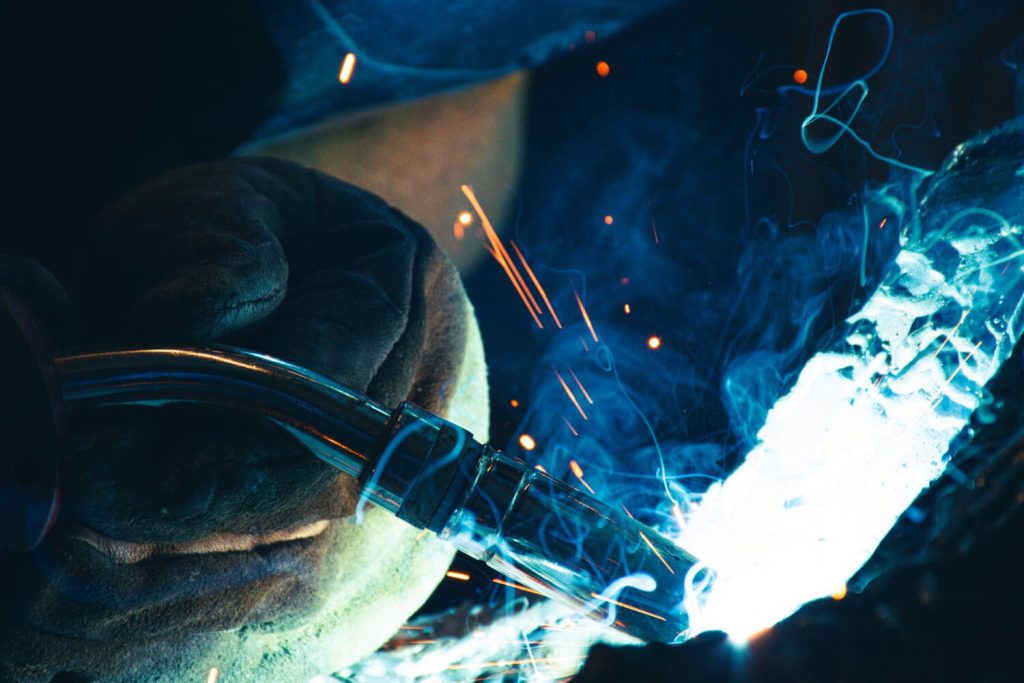
Plasma welding offers significant advantages in terms of precision, efficiency, and quality. Its ability to reduce thermal impact, increase process speed, and weld complex materials makes it an ideal option for various industries.
Implementing an appropriate inspection system is key to ensuring the quality of welded joints and optimizing production.

